EEG
Latest

Researchers developed 3D-printed sensors that can record brain activity on earbuds
Researchers at the University of California San Diego have developed 3D-printed biosensors that can detect electrophysiological activity coming from the brain.
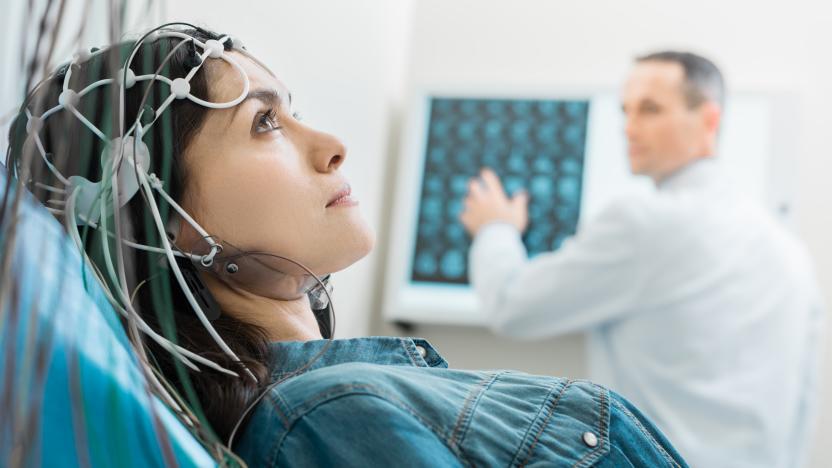
Hitting the Books: Who's excited to have their brainwaves scanned as a personal ID?
In her new book, The Battle for Your Brain, Duke University Professor of Law, Nita A. Farahany, examines the legal, ethical, and moral threats that tomorrow's mind-monitoring neurotechnologies could pose.
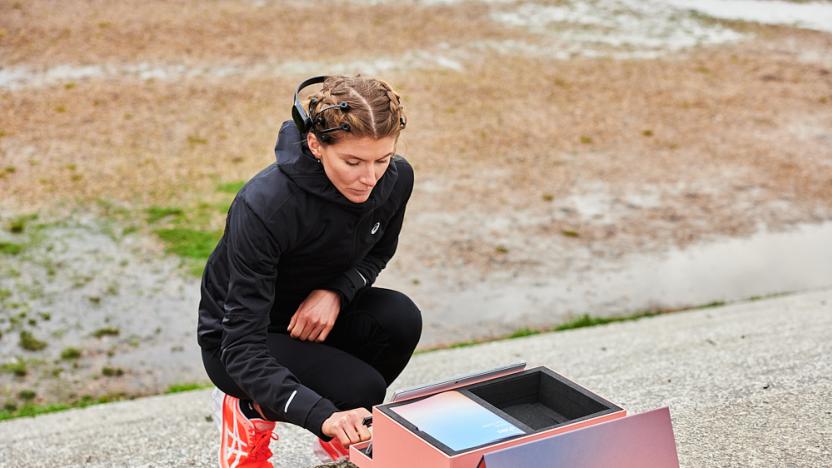
Asics used EEGs to prove that, yes, running makes you happier
Using an EEG, researchers found runners were less stressed, were able to relax more and had clearer thinking after a 20 minute exercise.

NextMind's brain-computer interface is ready for developers
Beyond size and aesthetics, NextMind’s technology also seems fairly mature. Mostly because we’ll need to wait for a library of apps to be built for it first, but also it’s still a new technology -- and it takes some practice to become “fluent” with it, as my terrible performance on a mind-controlled game of Breakout can attest. Right now, the applications are pretty simple: Mostly controlling media and games and so on, but NextMind’s founder and CEO, Sid Kouider is confident the technology will evolve to the point where you can simply think of an image to search for it, for example.

Researchers say they can predict epileptic seizures an hour in advance
Their wearable device uses machine learning algorithms to analyze EEG signals.

Looxid adapts its VR brain monitor for Oculus Rift S
Two years ago, Looxid Labs walked Engadget through a VR museum. A virtual display was pinned to the corner of the user's field of vision and contained real-time stats on his brain activity. At the time, the product seemed a little out-there, but it has matured considerably, and has some clear applications not just in the world of VR gaming, but also in business and health industries. The company revealed that the Looxid Link now works with Oculus Rift S using an EEG-equipped attachment -- and for an add-on, it looks surprisingly slick.

Muse's new meditation headband is designed to help you sleep
Muse first launched its brain-sensing headband back in 2013. Designed to take the guesswork out of meditation by providing real-time feedback on your brain and body's activity, the device has seen a couple of iterations over the years, and now its back with a completely new form factor. Gone are the rubbery cushions and external metal components -- the whole thing is now covered in a plush, breathable fabric and has been designed to fit better and more comfortably on a wider variety of head sizes.
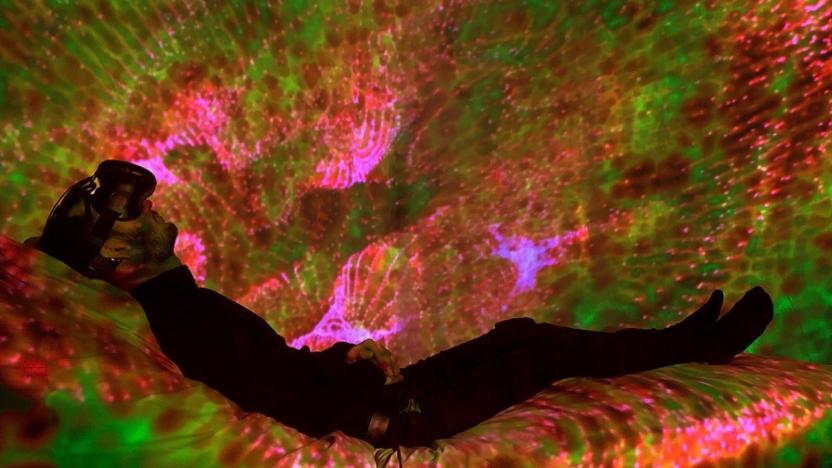
Brain-controlled VR lightshows could lull you to sleep
By most accounts, technology wreaks havoc on our sleep. Even tools meant to help us sleep better can make insomnia worse. But sleep and tech don't have to be mutually exclusive. Artists and researchers from Royal Melbourne Institute of Technology (RMIT) University have created a virtual reality tool to induce sleep. The device, Inter-Dream, combines ambient music controlled by artists with kaleidoscopic visuals controlled by the user's brainwaves, via EEG.
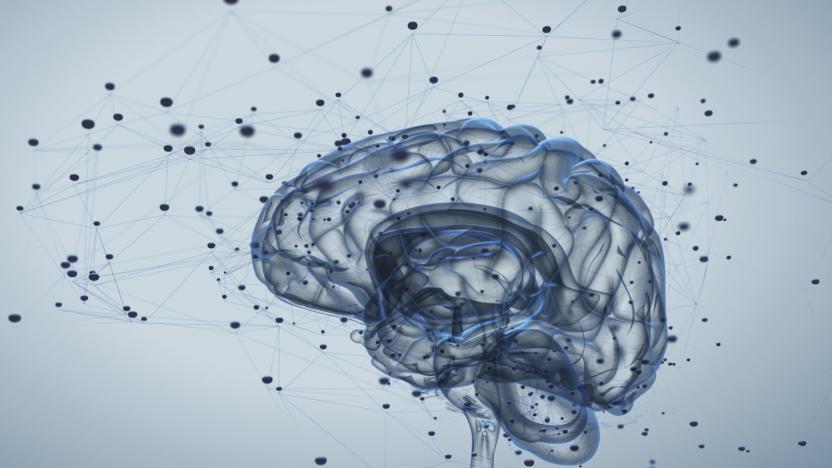
Brain-to-brain network allows three people to share their thoughts
There have been experiments in direct brain-to-brain communication before, but that's now extending to full-fledged networks. Researchers have developed a three-person brain network that lets participants send thoughts to each other -- in this case, to play a Tetris-style game. It used familiar technology, but in a much more scalable format.
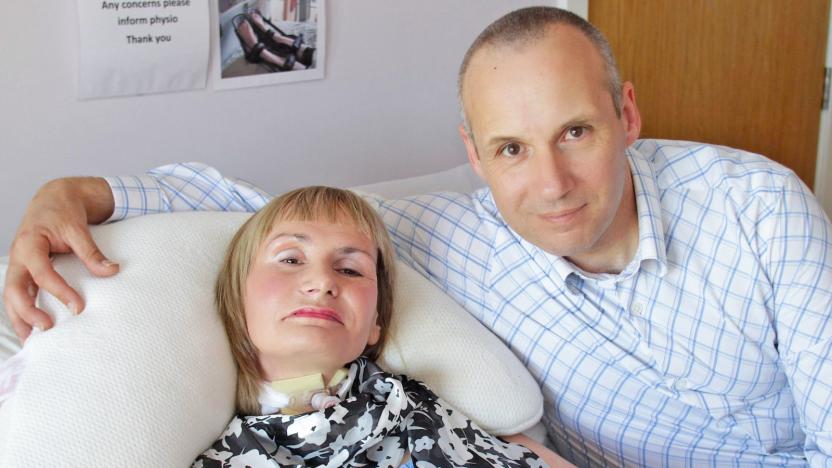
New brain-computer interface breaks through locked-in syndrome
Researchers have been using brain-computer interfaces to interact with patients suffering from locked-in syndrome for a few years now. But a new system from the Wyss Center for Bio and Neuroengineering in Switzerland may finally allow even the most immobile patients communicate with the outside world.

Netflix project lets you mind-control its interface
Netflix's developers are at it again, using the company's annual Hack Day to come up with clever, if sometimes wild, ideas on how to improve the streaming service. This year's crop of hacks mostly focus on intriguing Stranger Things integrations, but the most interesting result is one named MindFlix, that lets you navigate and control Netflix with your mind.
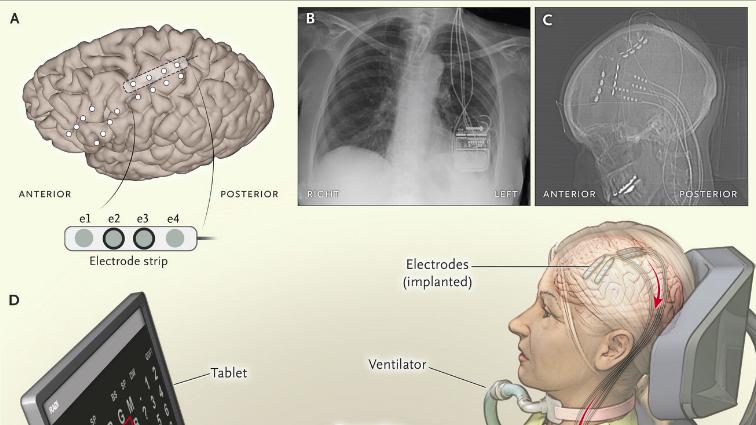
Brain implant helps a paralyzed woman communicate at home
A 58-year-old woman left paralyzed by amyotrophic lateral sclerosis (ALS, also known as Lou Gehrig's disease) has now become the first patient to use a brain-computer interface to restore some of her day-to-day functions. The woman was left "almost completely locked-in" after the disease caused her motor neurons to deteriorate to the point where she could only control her eye muscles. While brain implants have been in development for years, this particular patient has become the first to make use of one at home and outside of a research or hospital setting.

Researchers can find your deepest secrets by scanning your brain
Verifying your identity with brainwave scans sounds pretty awesome on the surface, but new research from from Texas Tech University shows that EEG identification could be the start of a whole new world of privacy concerns. It's not so much that brainwaves are susceptible to forgery, like fingerprints -- it's that EEG scanning applications can glean a lot more from your grey matter than you might want. Like, for instance, if you're secretly an alcoholic.

World's first 'active' sleep monitor keeps tabs on brain waves
Neurotechnology company Rythm launched both itself and its first product on Thursday, called the Dreem. The Dreem is a wearable device laden with EEG sensors. However, unlike other systems that utilize similar technology, the Dreem reportedly does more than simply record and analyze your sleep patterns. If, for example, the device recognizes the user is in a specific deep sleep pattern, it will "stimulate sound to keep the user in deep sleep for an extended period." The $350 system will also reportedly be able to rouse users at the optimal time to avoid morning grogginess. Additionally, it will record and analyze sleep patterns with its associated iOS or Android app.

UC San Diego researchers aim to bring EEGs out of the lab
A team of researchers from the Jacobs School of Engineering and Institute for Neural Computation at UC San Diego have developed a 64-channel "dry" electroencephalogram (EEG), reportedly the world's first. Traditional EEGs require their electrodes be coated in a conductive paste and the skin below them be cleaned and prepared prior to application. This has generally prohibited using them outside of the lab. However, the new EEG foregoes the conductive paste while reportedly providing equivalently accurate readings of brain activity.

ICYMI: E-paper kicks, robot directions via thought and more
#fivemin-widget-blogsmith-image-978000{display:none;} .cke_show_borders #fivemin-widget-blogsmith-image-978000, #postcontentcontainer #fivemin-widget-blogsmith-image-978000{width:570px;display:block;}try{document.getElementById("fivemin-widget-blogsmith-image-978000").style.display="none";}catch(e){}Today on In Case You Missed It: Shiftwear wants to change your shoe game with color e-paper screens that can move and shift into beautiful pictures on the sneakers you're wearing. It's too early to tell whether they will fund; or look as good as they do in the online video. There's also a nail-art printer if you're in the mood to spend a lot of money on something temporary.

For the first time, a paraplegic has walked without a robotic suit
A paraplegic has walked without robotics using his own brain waves, thanks to research done at Southern California's UC Irvine. Scientists used a computer to "link" 28-year-old Adam Fritz's brain to his legs over a Bluetooth connection, bypassing the severed region of his spinal cord. An EEG then picked up signals from his brain, which were relayed by a "brain-control interface" (BCI) computer to electrodes on his knee, triggering walking movements. Though Fritz was supported and only walked haltingly for 12 feet, the research is being heralded as a milestone -- so far, paralyzed patients have only be able to walk using suits like that from Ekso Bionics.

Netflix synthesizes a brainwave symphony for 'Sense8'
Netflix's new sci-fi adventure, Sense8, follows eight people who suddenly develop psychic powers with each other. To commemorate the series, which is directed by The Matrix's Wachowski siblings, Netflix teamed up with J. Michael Straczynski, the guy who invented Babylon 5, and technologist Patrick Gunderson to create the strangest symphony you've ever heard -- or thought.

PotBotics: better cannabis recommendations through science
Medical cannabis, recreational cannabis; it's getting hard to tell the two apart -- even in states where only the former is allowed. Just look at your local dispensary. If it's anything like my local weed shop, your cannabis choices are governed more by the brand name and relative THC content than they are the other active cannabinoids -- you know, the ones with the actual medical benefits. This is great for your average stoner recuperating from a backiatomy, but for patients who really do need these complementary cannabinoid effects, guessing whether Blue Dream or Vallejo Sour Diesel will best help alleviate the effects of their chemo simply won't do. That's why the Bay Area startup PotBotics is working to put some real science -- from a curation of existing scholarly articles and independent studies -- behind cannabis recommendations.

Microsoft study shows that tech is shortening your attention span
Think the abundance of technology in your life is making it harder to concentrate for long periods? Microsoft might just have some evidence to support your theory. It recently published a study (conducted using both surveys and EEG scans) suggesting that the average attention span has fallen precipitously since the start of the century. While people could focus on a task for 12 seconds back in 2000, that figure dropped to 8 seconds in 2013 -- about one second less than a goldfish. Reportedly, a lot of that reduction stems from a combination of smartphones and an avalanche of content. Many younger people find themselves compulsively checking their phones, and the glut of things to do on the web (such as social networking) makes it all too easy to find diversions.












